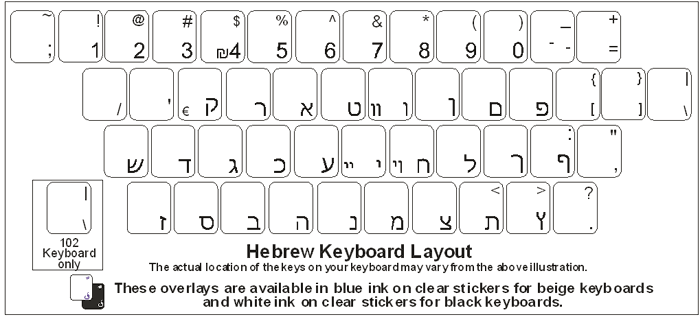

ĭuring the Babylonian captivity, the Jewish people adopted the Babylonian names for the months. The last three of these names are only mentioned in connection with the building of the First Temple and Håkan Ulfgard suggests that the use of what are rarely used Canaanite (or in the case of Ethanim perhaps Northwest Semitic) names indicates that "the author is consciously utilizing an archaizing terminology, thus giving the impression of an ancient story.". Prior to the Babylonian captivity, the names of only four months are referred to in the Tanakh:Īll of these are believed to be Canaanite names. Month namesīiblical references to the pre-exilic calendar include ten of the twelve months identified by number rather than by name. The structure, which was also used by the Israelites, was based on lunar months with the intercalation of an additional month to bring the cycle closer to the solar cycle, although there is no mention of this additional month anywhere in the Hebrew Bible. History Basic chronology in the biblical periodįrom very early times, the Babylonian calendar was in wide use by the countries of the Near East.



Through the Amoraic period (200–500 CE) and into the Geonic period, this system was gradually displaced by the mathematical rules of the Metonic cycle used today. The year in which it was added was based on observation of natural agriculture-related events in ancient Israel. Until the Tannaitic period (approximately 10–220 CE), the calendar employed a new crescent moon, with an additional month normally added every two or three years to correct for the difference between the lunar year of twelve lunar months and the solar year. The present Hebrew calendar is the result of a process of development, including a Babylonian influence. In Israel, it is used for religious purposes, provides a time frame for agriculture, and is an official calendar for civil holidays, alongside the Gregorian calendar. It determines the dates for Jewish holidays and the appropriate public reading of Torah portions, yahrzeits (dates to commemorate the death of a relative), and daily Psalm readings, among many ceremonial uses. The Hebrew calendar ( Hebrew: הַלּוּחַ הָעִבְרִי, romanized: HaLuah HaIvri), also called the Jewish calendar, is a lunisolar calendar used today for Jewish religious observance, and as an official calendar of the state of Israel.


 0 kommentar(er)
0 kommentar(er)
